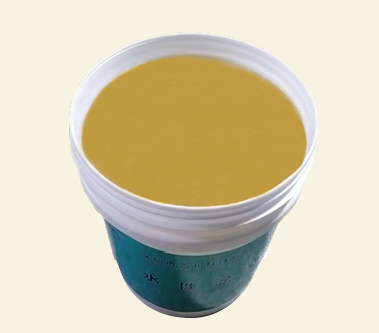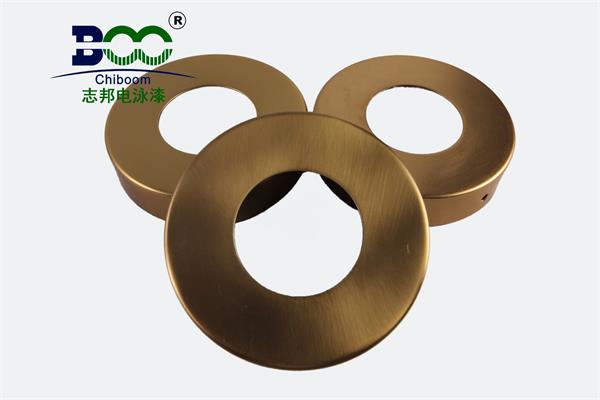The Working Principle of Electrophoretic Painting: Unveiling the Mystery of Efficient Painting Technology
In modern industrial manufacturing, electrophoretic painting, as an efficient and environmentally friendly painting technology, is increasingly becoming the preferred solution for surface treatment in numerous industries. Electrophoretic coating, also known as electrophoretic paint, is a water-based coating that utilizes the principle of electrophoresis for painting. Its unique working principle and significant advantages make electrophoretic painting widely used in sectors such as automobiles, home appliances, and hardware.
The working principle of electrophoretic painting is based on the electrophoresis phenomenon, which involves the directional movement of charged particles under the action of an electric field. In the electrophoretic painting process, the metal workpiece is first suspended on a cathode with a negative charge, while the coating is suspended in an aqueous solution and carries a positive charge. When an electric field is applied, the coating particles move towards the workpiece surface with a negative charge and deposit to form a uniform and dense coating layer. During this process, four chemical-physical changes—electrophoresis, electrodeposition, electrolysis, and electroosmosis—occur simultaneously, working together on the deposition of the coating and the formation of the coating layer.

Electrophoresis is the core aspect of this process. Under the action of an electric field, the coating particles (resins and pigments, etc.) carry a positive charge and move towards the cathode (the painted workpiece). Due to the resistance of the dispersion medium, the colloidal particles move relatively slowly, resembling swimming in the dispersion medium, hence the name electrophoresis.
Electrodeposition is the critical step for the coating particles to form a coating on the workpiece surface. When the positively charged coating particles reach the cathode surface, they are neutralized by hydroxyl ions, becoming a water-insoluble coating film. This coating film is stable and dense, firmly adhering to the workpiece surface.
The electrolysis process in electrophoretic painting cannot be ignored. When a direct current electric field is applied to an aqueous solution containing an electrolyte, water undergoes electrolysis, releasing oxygen at the anode and hydrogen at the cathode. The gases generated during this process may affect the formation of the coating, so impurities ions should be prevented from entering the electrophoretic solution to ensure painting quality.
The electroosmosis effect contributes to further densifying the coating. Under the action of an electric field, the dispersion medium (usually water) moves in the opposite direction to the electrophoretic particles' movement, penetrating through the deposited coating, significantly reducing the water content in the coating. This process makes the coating more dense, smooth, and even.
The advantages of electrophoretic painting technology lie in its high painting efficiency, uniform coating, strong adhesion, and excellent corrosion resistance. Compared with traditional spray painting technology, electrophoretic painting achieves higher paint utilization, reducing paint waste and environmental pollution. Additionally, electrophoretic painting technology is suitable for painting workpieces with complex shapes, edges, and holes, meeting the high requirements for painting quality in different industries.
With the continuous development and innovation of electrophoretic painting technology, new-generation electrophoretic coatings have significantly improved in throwing power, edge corrosion resistance, and pigment-to-binder ratio. These improvements have expanded the application of electrophoretic painting technology in more fields, providing a more efficient and environmentally friendly painting solution for modern industrial manufacturing.
In summary, the mystery of the working principle of electrophoretic painting lies in its unique electrophoresis phenomenon and the combined action of electrodeposition, electrolysis, and electroosmosis. This efficient and environmentally friendly painting technology, with its significant advantages and broad application prospects, is becoming an indispensable part of modern industrial manufacturing.





 WeChat
WeChat